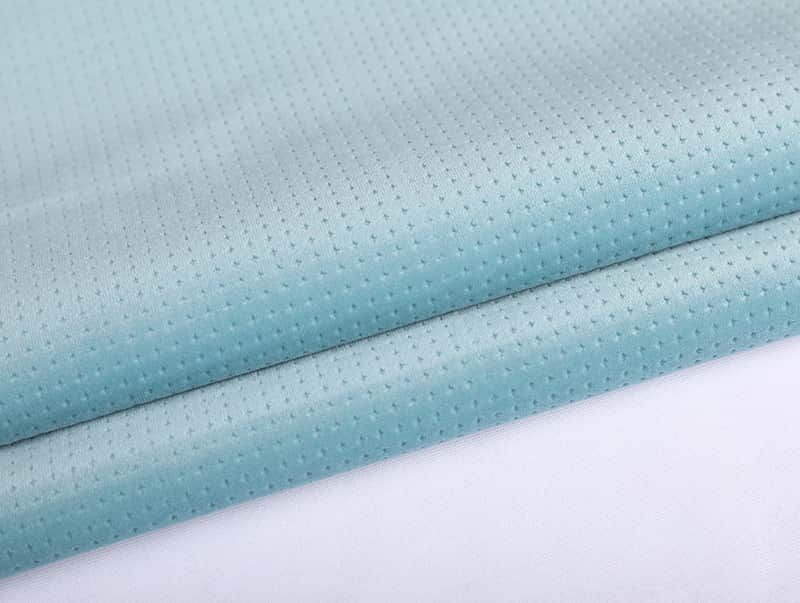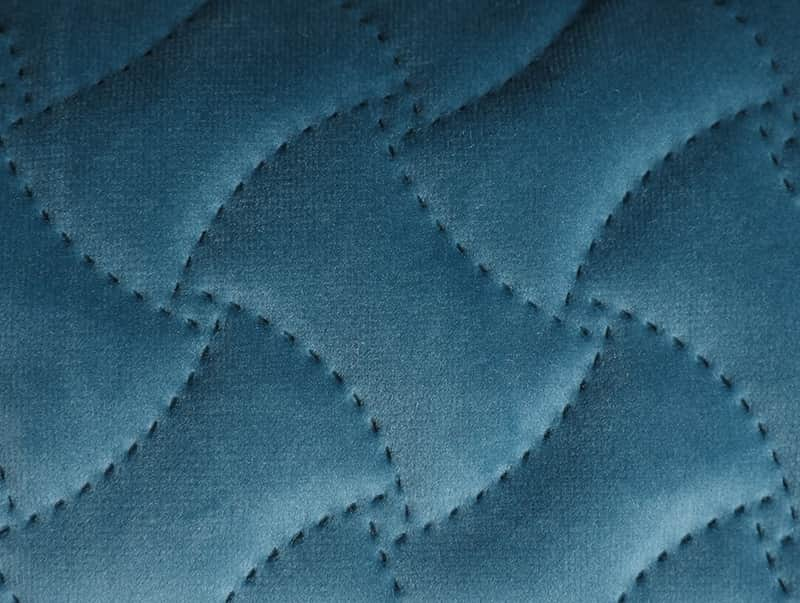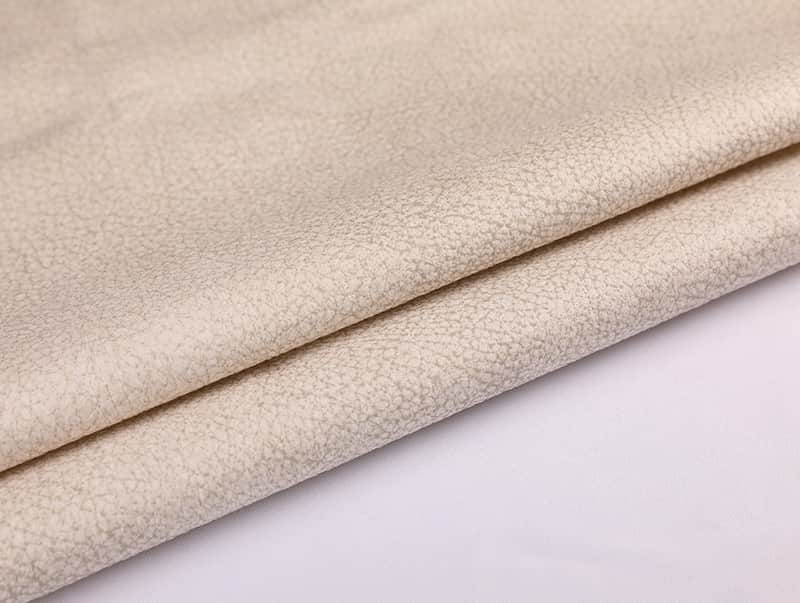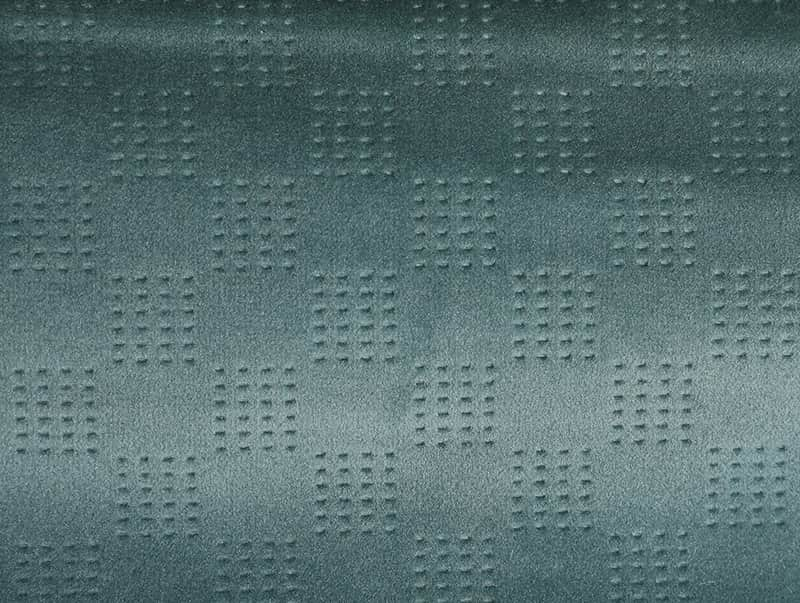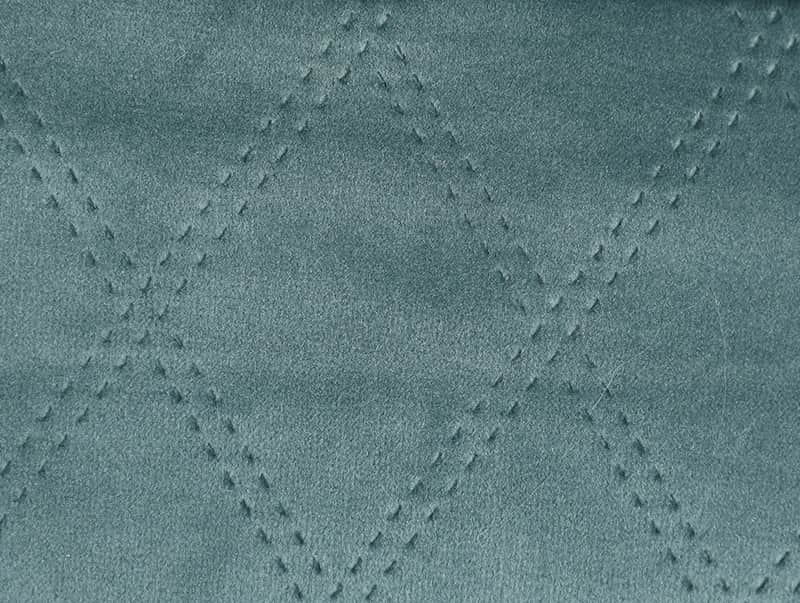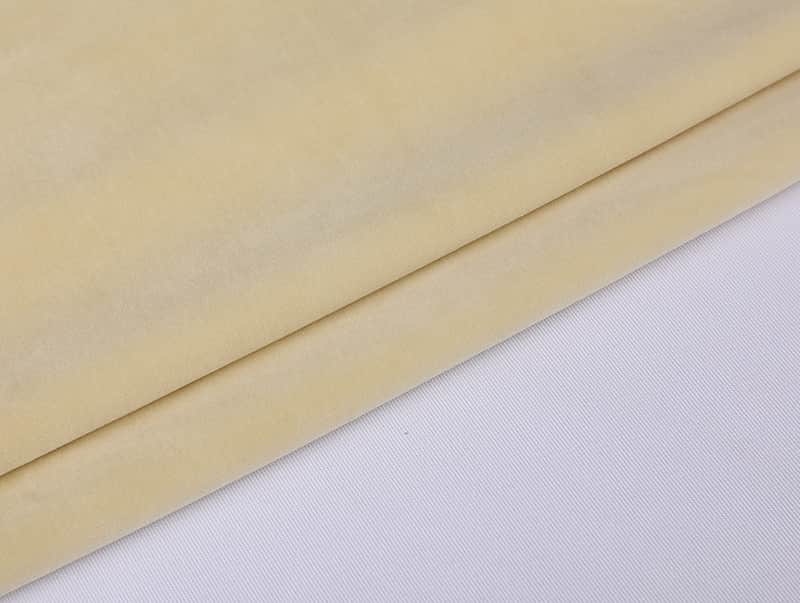The weave structure of velvet upholstery fabric is key to creating its distinctive texture and appearance, which is characterized by a soft, plush surface and a luxurious sheen. Here's a detailed explanation of how the weave structure contributes to these qualities:
1. Pile Weave Construction
Velvet is made using a special weaving process called a pile weave, which involves creating loops of yarn that stand upright on the fabric surface. These loops are either cut or left intact, depending on the desired finish. In velvet, the loops are always cut, creating a dense, smooth surface of evenly trimmed fibers known as the pile. This pile is what gives velvet its signature softness and rich texture.
2. Cut Pile for Softness
The cutting of the loops during the weaving process allows the fibers to stand freely, which produces the soft, plush feel that velvet is famous for. The short length of these cut fibers enhances the smoothness of the fabric, as each fiber reflects light individually, creating a subtle shine. The shorter the pile, the smoother and more velvety the texture; a longer pile can make the fabric feel more textured and dense.
3. Dense Fiber Arrangement
Velvet's high fiber density is another result of its unique weave structure. The densely packed cut fibers make the fabric feel thick and luxurious, while also adding to its durability. This dense structure helps velvet maintain its appearance and texture over time, even with frequent use in upholstery applications.
4. Pile Direction and Light Reflection
One of the most distinctive features of velvet is its ability to change appearance depending on how the pile is oriented. The direction in which the pile lies affects how light is reflected off the fabric. When the pile is smooth and aligned in one direction, velvet appears darker, and when it is brushed in the opposite direction, it can appear lighter and shinier. This variation in appearance, known as "nap", adds a dynamic quality to velvet upholstery, giving it a rich depth and a visually appealing sheen.
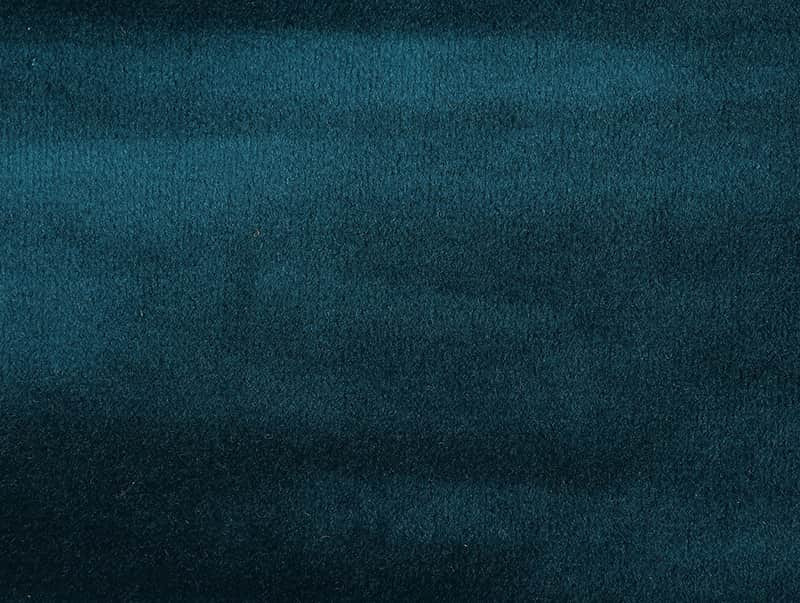
5. Durability and Resilience
Although velvet has a delicate appearance, its pile weave structure contributes to its durability. The tightly woven backing, combined with the dense cut fibers, allows velvet to withstand wear and maintain its plush texture. High-quality velvet, especially those made from synthetic fibers or blended materials, can be quite resistant to crushing, stretching, or flattening, making it suitable for heavy-use furniture like sofas and armchairs.
6. Luster and Shine
The structure of the fibers in the pile also influences velvet’s characteristic shine. The smooth, uniformly cut fibers reflect light more evenly across the surface of the fabric, which gives it its elegant sheen. This luster is part of what makes velvet upholstery appear luxurious and appealing in various interior design settings.
7. Surface Aesthetics
The weave structure also gives velvet its ability to look both rich and versatile. Whether used in solid colors or printed patterns, velvet's dense weave and pile height allow it to hold dyes well, resulting in vivid, deep colors. The pile’s ability to create shadow effects also enhances patterns and textures in upholstered furniture.
The weave structure of velvet upholstery fabric, especially its pile weave and the process of cutting those loops, is fundamental to its softness, luxurious texture, and dynamic appearance. The dense arrangement of fibers, combined with the play of light across the fabric’s surface, makes velvet a highly sought-after material for creating elegant and visually stunning furniture.
